How They Were Born
Two sets of gifts this past Christmas morn,
Christ and the Universe(s): How they were born.
© Forrest Heaton 9 January 2022
Of the earth’s current 7.8 billion people, few may be on the edge of their seats awaiting scientific confirmation of the origin of the universe which is currently estimated at approximately 13.7 billion years ago. And yet, that’s what’s about to happen!
Launched by NASA Christmas morning 2021, the James Webb (Webb was the second NASA Administrator ‘61 – ‘68) Space Telescope (JWST) is the most powerful telescope ever launched into space. Beginning immediately after launch and continuing into Jan22, the telescope entered a meticulous assembly phase—a deployment process—of unfolding and locking into place all the parts (“344 single points of failure” is NASA’s estimation) necessary for long-term success of the telescope’s mission.
JWST
Of many, one statistic quickly captures the mind when beginning to think of what the JWST may do for the general public’s involvement with space science—the JWST is “one hundred times more powerful than Hubble” in its capacity to see back in time. Imagine what that information may mean and what those photographs may look like. In fact, much of this as yet might be classified as “unimaginable!”
The JWST’s first images are anticipated to be available this coming summer. Three mid-course correction burns are anticipated to place the JWST in it’s intended orbit location one million miles from Earth around the sun. Think of this mission: to look back over 13.5 billion years to see light from the first galaxies and better understand the mysteries of our universe—and we have the immense good fortune to be living when this is happening!
This feat has been in NASA’s planning since the 1990 launch of Hubble Space Telescope (HST). As of this writing (9Jan22), Hubble’s mission duration is 31 years, 8 months, and counting. Hubble’s orbital parameters are a low Earth orbit. This orbital differential with the JWST, the technological advancements since Hubble’s development and the size of the mirrors account for the JWST’s superior sight back in time.
The HST is projected to last until approximately 2030. During the interim, anyone with an interest in these missions will be able to learn from the information and photographs of both HST and JWST. To assist you on this journey, NASA will be updating its website continuously. Enjoy the journey!

